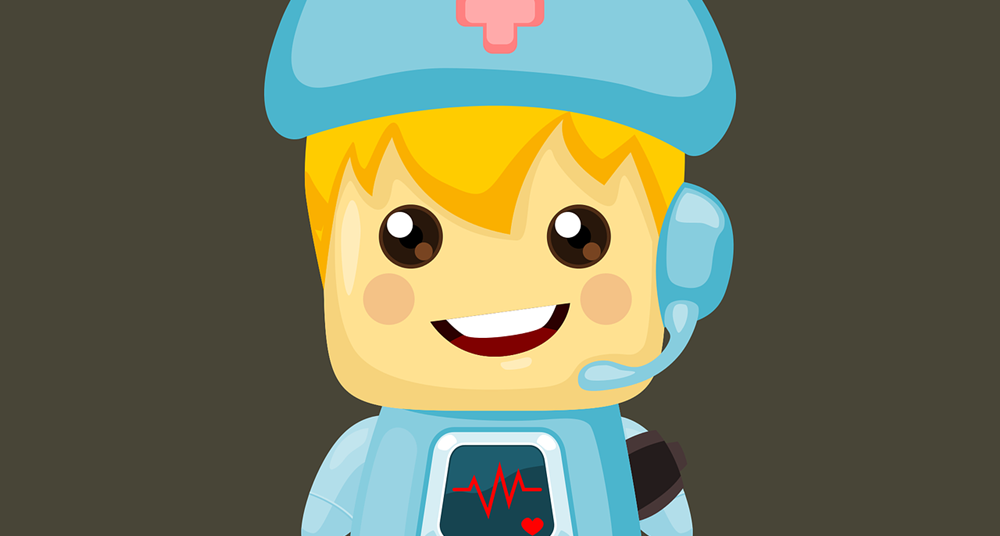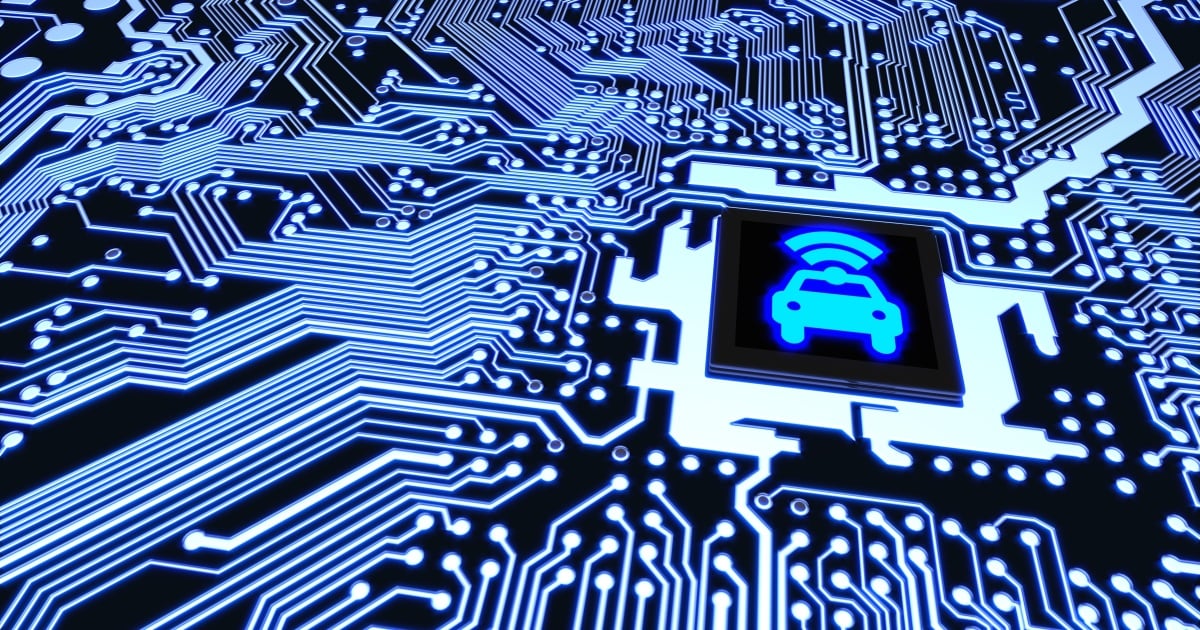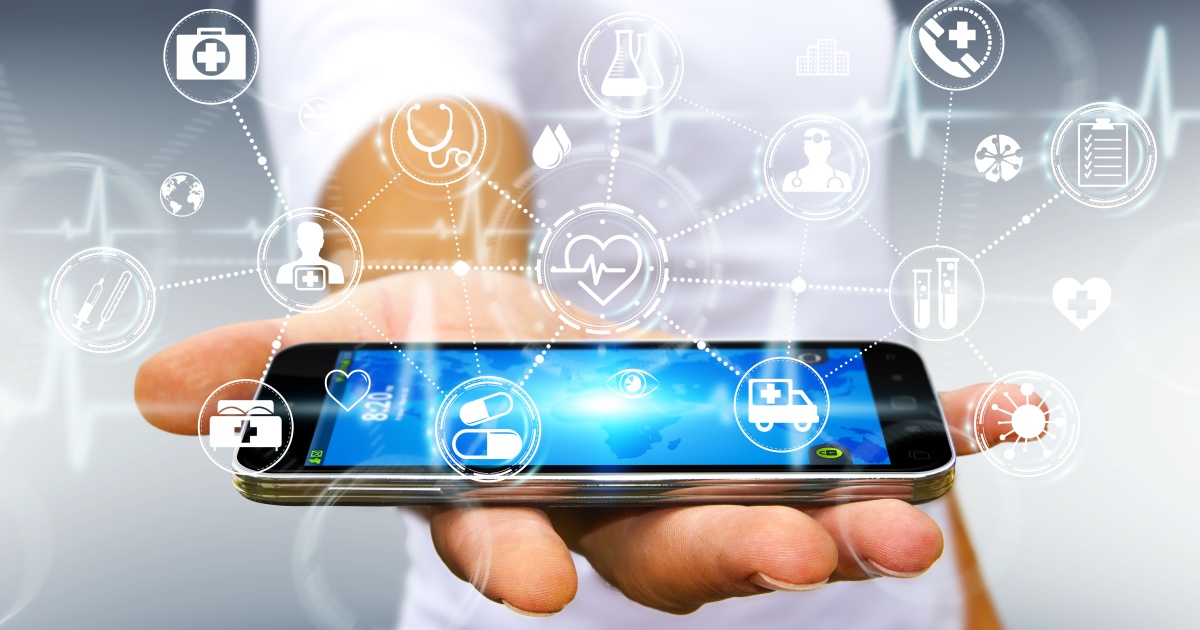
Computer vision has made the transition from being the subject of sci-fi movies to an actual technology which you can find in top hospitals. This visual branch of artificial intelligence is helping more doctors better diagnose patients, prescribe the right treatments and monitor the evolution various diseases.
Technopedia defines computer vision as a distinctive field of computer science which helps computers to see, identify, and process images in a way which is similar to the way humans perform this task. It is part of artificial intelligence since to identify objects and take decisions based on what it sees it is necessary to make an in-depth analysis.
Predicting the applications of a computer vision solution for medical use has to do with extending current ways this technology is already being used and adding a layer of creativity and imagination. Will it be able to see through our ill bodies and pinpoint the problem? Will it scan us and predict possible future diseases before symptoms occur? Currently, the main areas of use are related to medical imaging analysis, predictive analysis and other ways to perform therapy. We shall discuss each at its own turn.
Medical Imaging
This is a branch of healthcare applications which is already in use and saving lives daily. Computer-aided medical imaging has been a trustworthy help for physicians in the last decades, yet not it is getting a new dimension. Not only does the computer and attached sensors create the images, but it also becomes an assistant and helps the doctor with their interpretation.
Human and machine create a more powerful team, since the years of experience of the physician can identify some traces of illness, while the machine’s algorithms can look deeper into details which could be easily missed by the naked eye.
It is most useful in precision medicine where it helps the physician analyze different angles of images which could contain clues about a disease like cancer in the first stages. The advantage of using these systems lies in the fact that it can be trained to recognize different types of conditions. This is most important when it comes to very rare illnesses which could elude most specialists, as the chance to have seen one in their entire careers is slim.
Such a system could receive training from medical imaging centers from all over the world by accessing a database with the latest cases.
Beyond Imaging
Medical imaging is not the only area that can benefit from computer vision. Medical staff rely heavily on visual observations when assessing the state of a patient, therefore, even simple devices like smartphones and tablets which are equipped with cameras, can become hand-held healthcare platforms. While human nurses do this through experience, a computer vision algorithm can be trained to identify changes in a patient’s state which should be interpreted as red flags.
Even more, a CV system can act as a responsible nurse by performing visual dosage confirmation, offering care coordination or recording progression over time.
We can go a step further with possible applications and talk about precision surgery performed by robots equipped with CV. Advancements in this area have already been presented to the public in the form of the DaVinci robot stitching a grape skin. The CV algorithms are necessary to assess distances, angles and protect sensitive parts like blood vessels.
There are countless success stories of how computer vision has already been adopted successfully in the medical world. For example, a tool can determine the coronary calcium score needed to help beat cardiovascular disease, while another can evaluate blood flow without an MRI.
Another useful application, especially for the elderly, has been developed in Taiwan. This uses computer vision to scan the environment indoors and prevent accidents due to tripping and falling. It is called “Fall Prevention Shoes Using Camera-Based Line-Laser Obstacle Detection System,” and it alerts the person wearing it if there are any obstacles.
Incentives to Use Computer Vision
With the shortage of trained physicians, those who are in their offices can use any help they can get. Having a computer vision tool as a “colleague” is not only a way to speed-up diagnosis and put the patient on the right treatment as soon as possible, it is also a way to inflict less pain and abandon more intrusive methods. For example, imagine the difference between a biopsy to identify the nature of a skin mole and just scanning it with your smartphone instead. The selfie-diagnosis will become a reality soon.
The most critical aspect of CV in healthcare is the scalability and the archiving options. Once an algorithm learns something, it can share its knowledge with another connected machine, and it can evaluate a scanned sample, giving a diagnosis for a patient on the other side of the world.
Conclusions
Although this technology has not crossed the chasm towards mainstream use yet, it has very high chances of doing so in the next few years. Furthermore, it will grow quickly since there will be important technological spillovers from other projects, like the self-driving car.
There are some moral concerns related to using computer vision. Each miss of the algorithm can cost a life. Therefore, it’s not safe to rely solely on AI, also because it works as a black box, with no way to correct outcomes other than retraining the network.
In the next few years, we can expect more healthcare apps which require our permission to use the camera and which are designed at FDA-approved level. Yet, the approval process takes sometimes so long it becomes counter-productive for the companies developing such technologies.
Edited by
Ken Briodagh





